When Final Fantasy 7 Rebirth first launched, it was a PS5-exclusive game. At this point, the PlayStation 5 Pro was not yet on the market, either. There were two visual settings: Graphics and Performance. It was a simpler time, yet even then, it wasn’t always clear which option was “right” per players’ personal tastes.
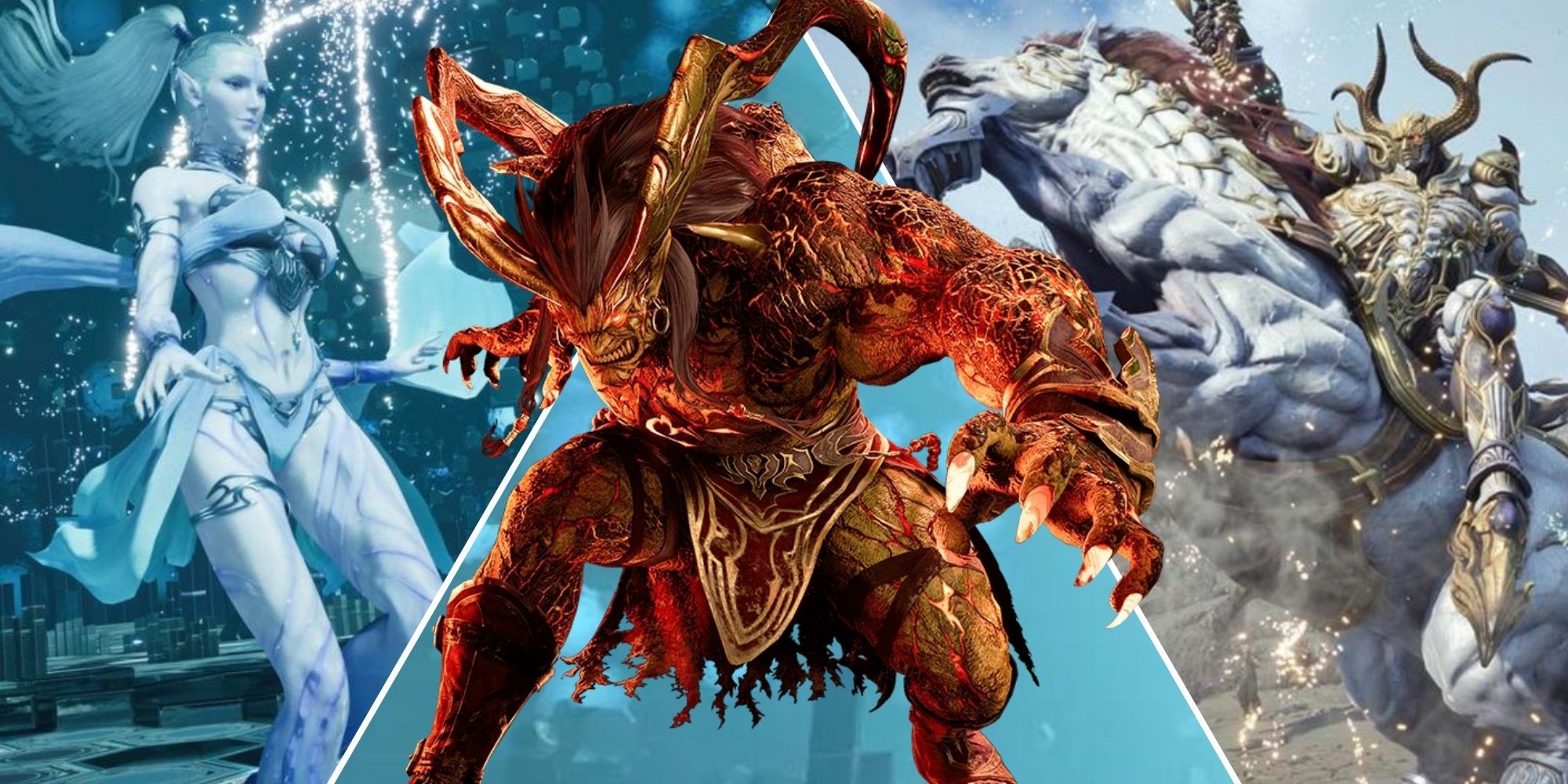
Related
Final Fantasy 7 Rebirth: Every Summon, Ranked
From the powerful to the downright essential, we rank every available summon in Final Fantasy 7 Rebirth, creating the ultimate summon tier list.
Now, FF7 Rebirth is on PC. That means Steam Deck, too. The PS5 Pro is on the market, so there’s another factor for Sony players to potentially consider. Square Enix even released a more granular tweak for all versions’ Performance Modes. What does it all mean, and which should you choose?
Understanding Each Graphics Option
For those with a regular PlayStation 5, there are three graphics settings to choose between. PlayStation 5 Pro owners have four, and the extra mode is virtually inarguably the best. Here’s each one:
Graphics
The PlayStation 5 hardware will do whatever it takes to achieve 4k resolution whenever possible. “Whatever it takes” means choppier gameplay.
The 30 fps target is fairly consistent, so there won’t be much to worry about there, but combat feels noticeably choppier as a result. If you’ve ever played FF7 Remake on PS4, and then again on PS5, that jump to 60 fps is a massive leap. Same story here.
That aside, if you don’t own a PS5 Pro, don’t disregard Graphics mode wholesale, because both Performance settings are often fairly blurry. Draw distance takes a hit with them, and character models are not so great.
To experience Rebirth in all its, well, graphical splendor, do consider Graphics mode.
Performance (Sharp)
How much that matters to you will determine whether it’s worth reading on, but Performance (Sharp) is an option added post-launch which attempts to address some of Performance’s blurriness issues. It does so… adequately, if barely.
The flip side, however, is that you’ll likely encounter more “jaggies” throughout the game. Odd line imaging; the aliasing will just look kind of messy in a lot of environments. If you’re playing on a standard PS5, can’t stand the 30 fps limitation, and want to avoid a bit of the blur factor, this is your go-to.
Performance (Smooth)
As best we can tell, Performance (Smooth) is essentially the renamed version of the original Performance mode. It’s Final Fantasy 7 Rebirth, ramped to 60 fps, but demonstrating significant graphical limitations in order to achieve this herculean task.
Preferences between Sharp and Smooth will admittedly boil down to taste, so it’s worth testing them both if you’re committed to 60 fps, but we slightly prefer Sharp.
Character models are substandard either way – closer to the PS4 version of Remake, and in some environments, worse – but Sharp at least mitigates the damage a bit.
We will say, the game’s first huge zone, the Grasslands, seems to have it the worst in terms of the overly smooth blurriness. It’s all that greenery; you can really tell the textures have gotten muddier. It can be downright ugly at times. After the Grasslands, things get a little easier on the eyes.
Versatility
And here’s the mode exclusive to PS5 Pro. It’s not been an uncommon refrain to see people declare Final Fantasy 7 Rebirth as the biggest reason to shell out for a Pro, and Versatility mode makes their argument for them, clear as day.
Not only will Rebirth look better on the Pro no matter which route you take, but Versatility mode utilizes PlayStation Spectral Spectral Super Resolution (PSSR, as it’s usually called), which upscales the picture to dramatic effect.
With PSSR, the game basically bypasses the 30 fps dilemma of Graphics mode to deliver you the best image quality you’ll receive unless you’re playing on a powerful PC. All of this while usually sticking to 60 fps.
Versatility mode effectively eliminates the other three options from our consideration. Unless you’re unwiling to risk any framerate hiccups, there’s no reason to give Performance (Sharp) and Performance (Smooth) the time of day moving forward, and Graphics is equally outclassed.
The PC-Specific Suite
Of course, on PC, you’ll be given a far more exhaustive list of graphical options rather than the three available pre-sets on PlayStation 5. If you’re comfortable with this sort of granular fare, you should have no trouble at all.
If not, then our golden rule is always to get to know your system information and the overall capabilities of your graphics card and processor. Final Fantasy 7 Rebirth will aim to reflect your GPU in its recommended settings, but you’ll still have complete dominion over each aspect of the game’s presentation.
What we can say, at least, is that the following ought to factor heavily if you decide to do some adjustments:
- Ocean Detail and Shadow Quality don’t seem to change enough to justify the power expenditure relative to every other setting (in fact, Shadow Quality barely seems to change a single thing)
- At lower graphics settings, Rebirth can look quite blurry on PC, just as with PS5; we recommend dialing up the other visuals and anti-aliasing as best you can so long as you aren’t sacrificing a minimum of 60 fps
- On Steam Deck, none of this is going to matter much, as the handheld only runs Final Fantasy 7 Rebirth remotely capably on its lower settings and it has a 30 fps cap
- Even so, with its far smaller screen, the game won’t look too bad to most eyes on Steam Deck
Other Settings For Your Consideration
Beyond the big one, there are also audio tweaks to consider. We can’t speak to the PC version firsthand, but in our hundreds of hours with FF7 Rebirth on PS5, dialogue clarity can be a huge issue.
We’ve often found it drowned-out by the music, and while certain sound systems may be better equipped to handle this, we tested the game on three, and while some were indeed better than others, none came in well.
Our advice, then, is to lower the ‘Music Volume’ and ‘Song Volume’ while cranking up the ‘Speech Volume’. (SFX Volume can go either way, though consider lowering it a tad.) If you’re worried that Rebirth’s jaw-droppingly good soundtrack won’t come through crystal-clear, don’t – frankly, it’ll still be plenty loud.
The rest of your decision-making is going to revolve around HUD-related issues. Keep this stuff on at first; we’d recommend removing the combat and movement guides once you get the hang of things, as they eat up screen real estate.
The chat box is very take-it-or-leave-it; if FF7 Rebirth’s music is still causing clarity issues, you might need to keep it on (unless you really just do not care what environmental NPCs have to say to each other).
Stuff like the tracker can be disabled if you’re interested in heightening the immersion factor, as they’ll nix further clutter, and leave things a bit more ‘open’ as you explore.
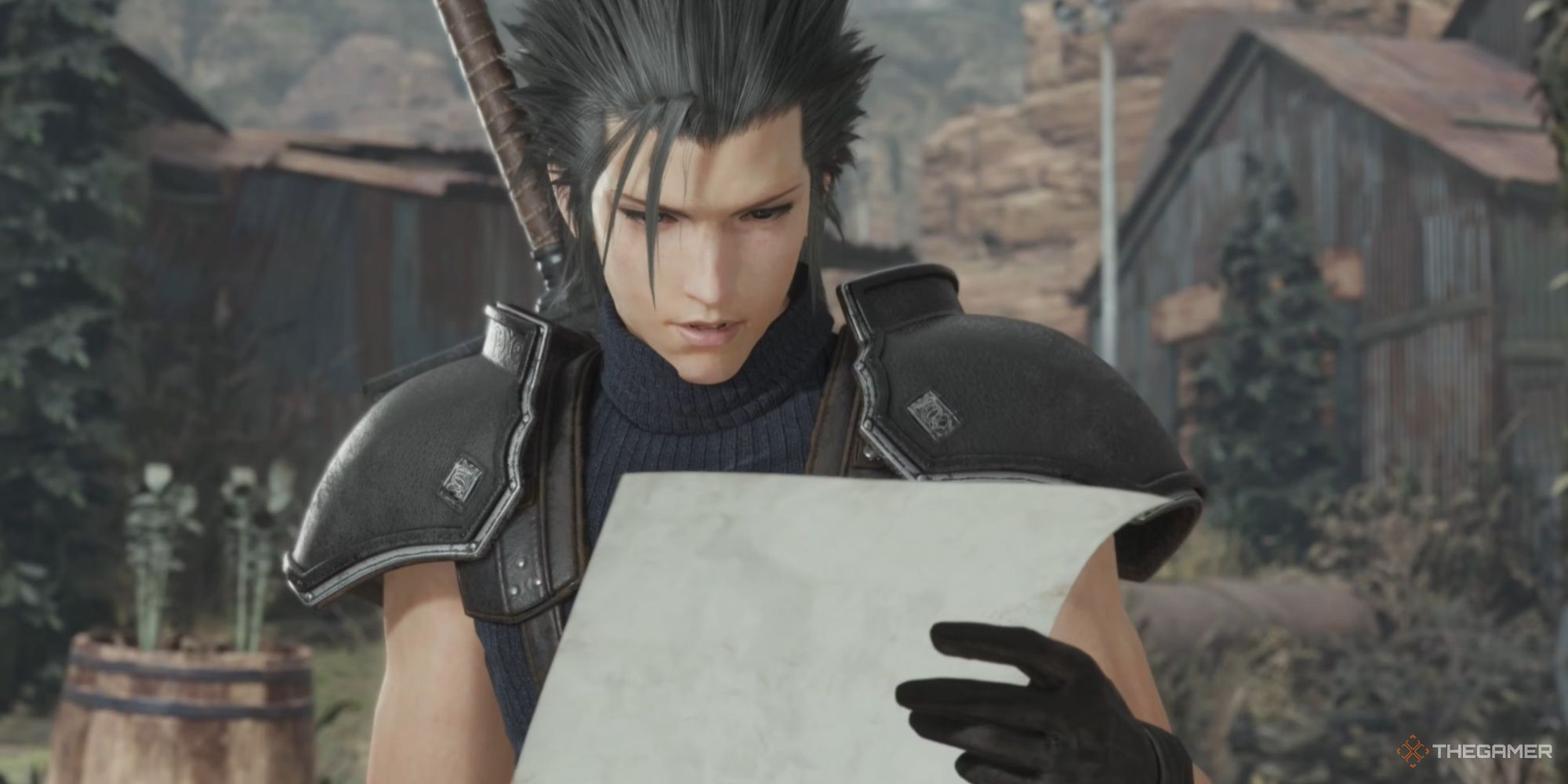
Next
Final Fantasy 7 Rebirth: 10 Things To Do After You Beat The Game
After the credits roll on Final Fantasy 7 Rebirth’s emotional main questline, here are some of the best things you can do in the post-game!
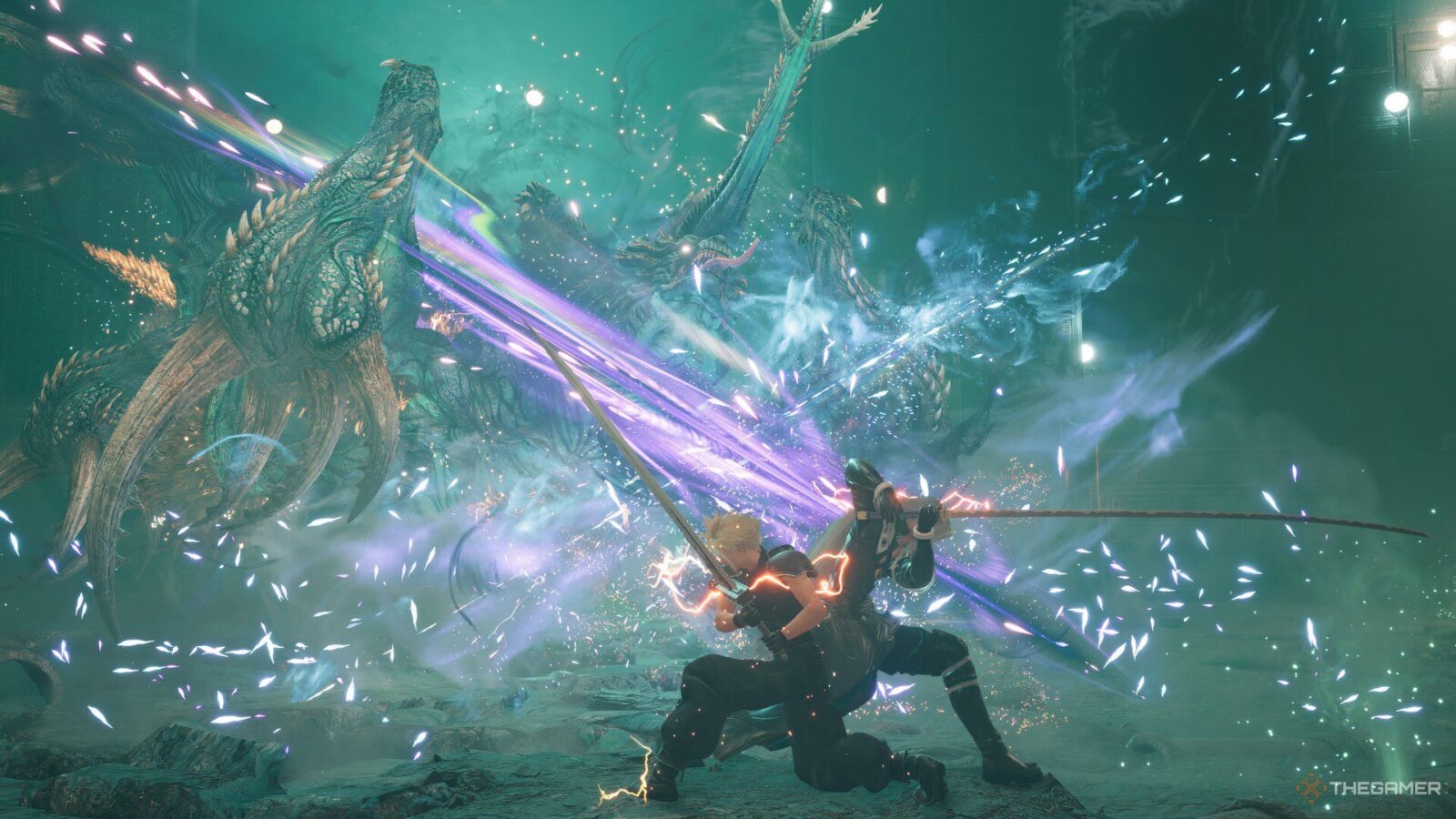

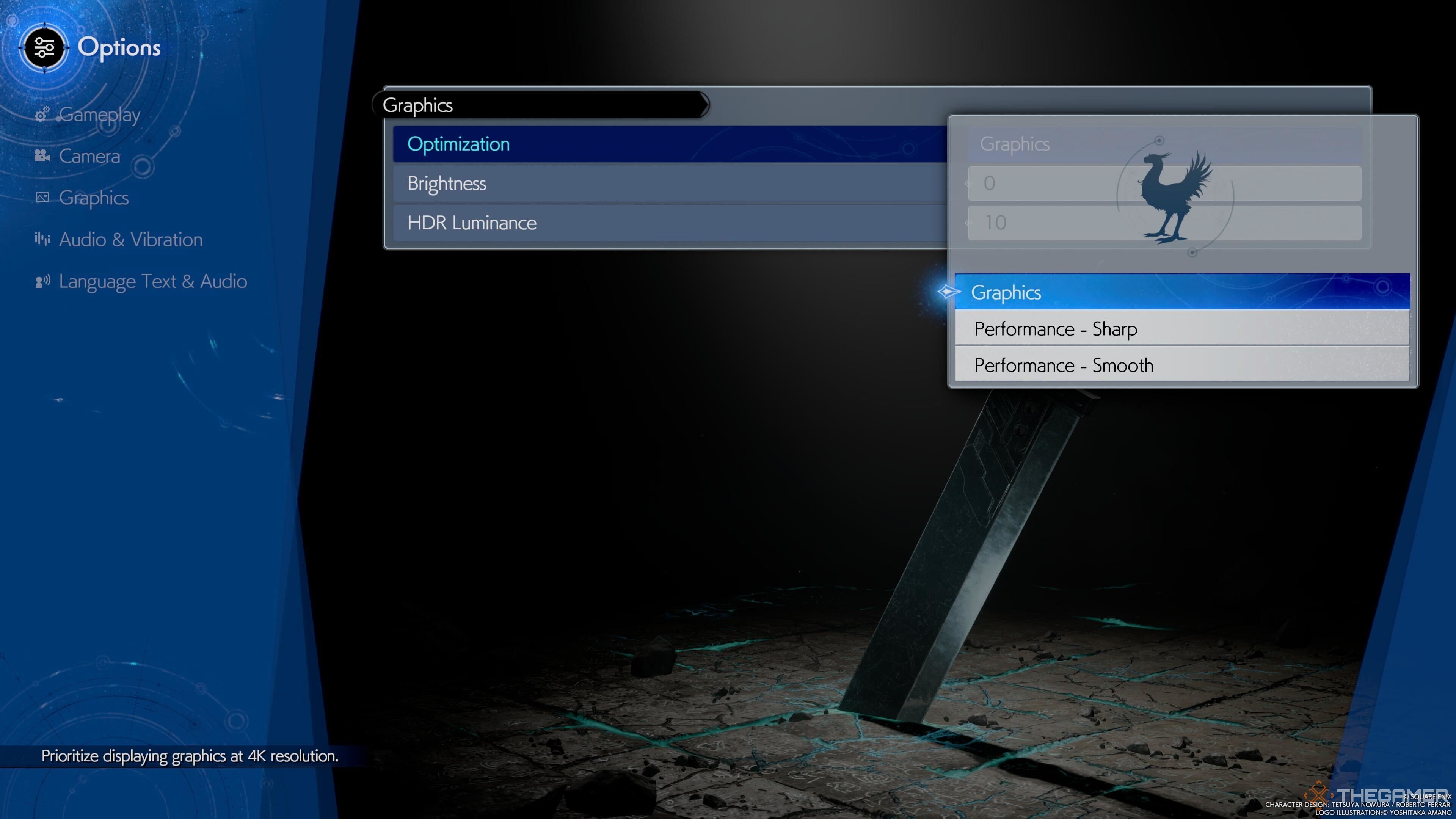
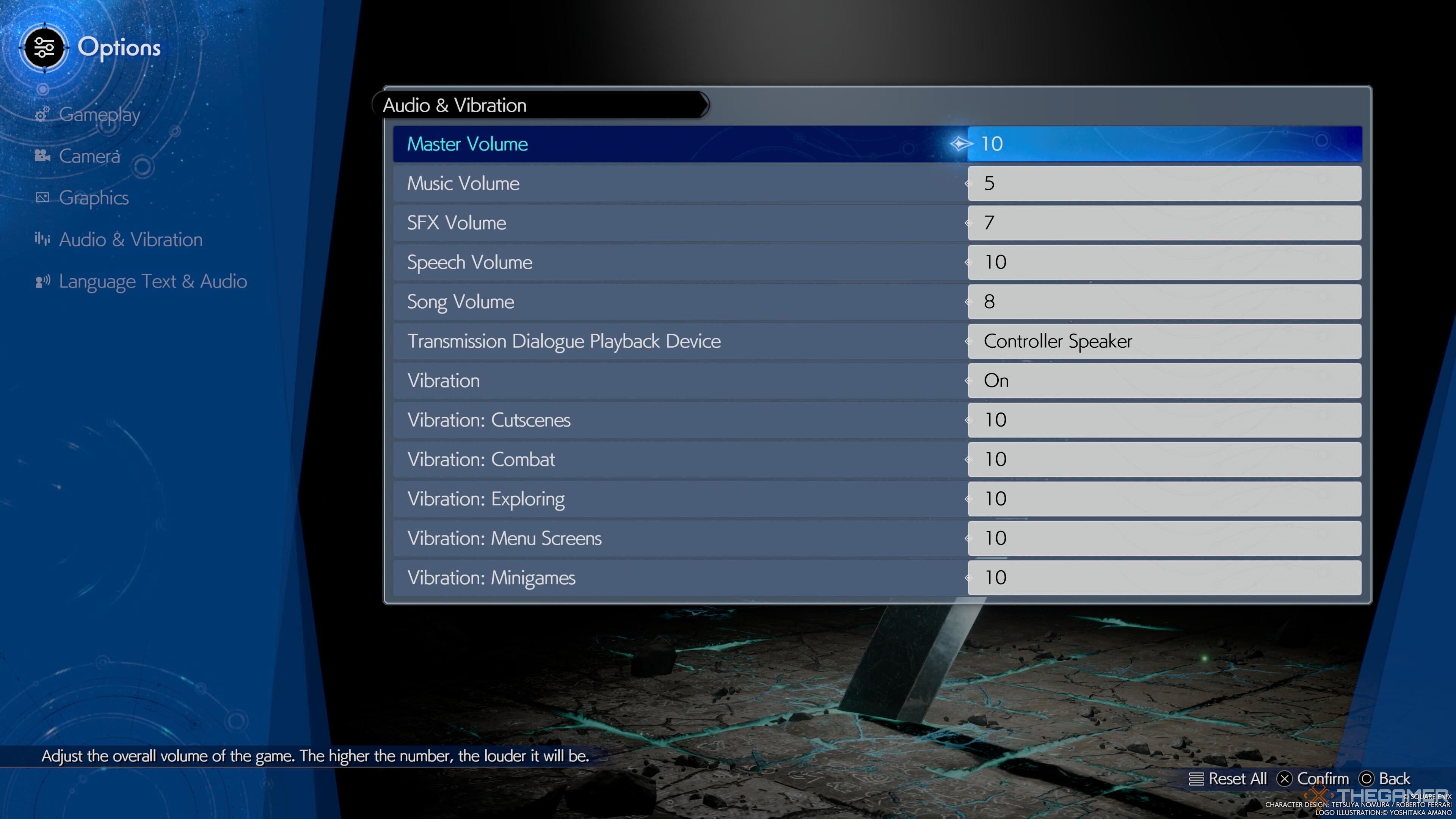






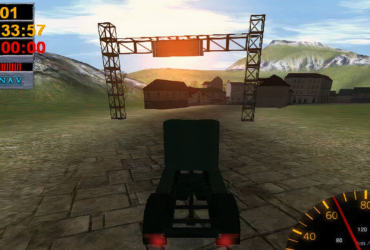
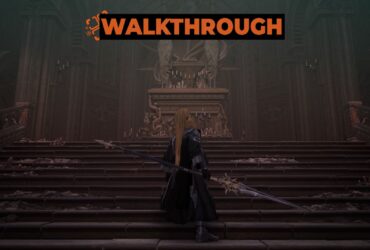


Leave a Reply